Abstract
Purpose
The purpose of this report is to evaluate the measured values of normal Korean calcaneus by conduct of a cadaveric study.
Materials and Methods
A total of 42 calcanei were obtained from Korean cadavers. A digital goniometer was used for measurement of Böhler's angle, Gissane angle, posterior facet articular inclination angle, and Fowler-Philip angle of calcaneus. A vernier caliper was used for measurement of the maximal antero-posterior length, maximal transverse width, and maximal height of calcaneus.
Results
The average Böhler's angle, Gissane angle, posterior facet articular inclination angle, and Fowler-Philip angle was 32.3o±5.0o, 114.4o±8.2o, 61.2o±4.4o, and 60.3o±7.6o. The average maximal antero-posterior length, maximal transverse width, and maximal height of calcaneus was 74.2±3.0 mm, 43.0±4.0 mm, and 42.5±3.0 mm.
Go to : 
References
1. Koshy S, Vettivel S, Selvaraj KG. Estimation of length of calcaneum and talus from their bony markers. Forensic Sci Int. 2002; 129:200–4.

2. Sakaue K. Sex assessment from the talus and calcaneus of Japanese. Bull Natl Mus Nat Sci Ser D. 2011; 37:35–48.
3. Bidmos MA, Asala SA. Sexual dimorphism of the calcaneus of South African blacks. J Forensic Sci. 2004; 49:446–50.

4. Zakaria MS, Mohammed AH, Habib SR, Hanna MM, Fahiem AL. Calcaneus radiograph as a diagnostic tool for sexual dimorphism in Egyptians. J Forensic Leg Med. 2010; 17:378–82.

5. Ari I, Kafa IM. Bone length estimation and population-specific features of calcaneus and talus bones of the late Byzantine Era. Coll Antropol. 2009; 33:613–8.
6. Sohn HM, Lee JY, Ha SH, Jo SH. The comparison of radiographic parameters and clinical results after operative treatment of displaced intraarticular calcaneal fractures. J Korean Fract Soc. 2007; 20:227–32.

7. Khoshhal KI, Ibrahim AF, Al-Nakshabandi NA, Zamzam MM, Al-Boukai AA, Zamzami MM. Böhler's and Gissane's angles of the calcaneus in the Saudi population. Saudi Med J. 2004; 25:1967–70.
8. Stephenson JR. Displaced fractures of the os calcis involving the subtalar joint: the key role of the superomedial fragment. Foot Ankle. 1983; 4:91–101.
10. Didia BC, Dimkpa JN. The calcaneal angle in Nigerians. Relationship to sex, age, and side of the body. J Am Podiatr Med Assoc. 1999; 89:472–4.

12. Hauser ML, Kroeker RO. Boehler's angle: a review and study. J Am Podiatry Assoc. 1975; 65:517–21.

13. Loucks C, Buckley R. Bohler's angle: correlation with outcome in displaced intraarticular calcaneal fractures. J Orthop Trauma. 1999; 13:554–8.

14. Kim JS, Cho HK, Hwang SM, Lee KW, Young KW, Lee KT. The size of calcaneus in Koreans. J Korean Foot Ankle Soc. 2013; 17:143–9.
Go to : 
Table 1.
Demographic Information
Table 2.
Differences between Males and Females
Table 3.
Differences between Right Side and Left Side




 PDF
PDF ePub
ePub Citation
Citation Print
Print


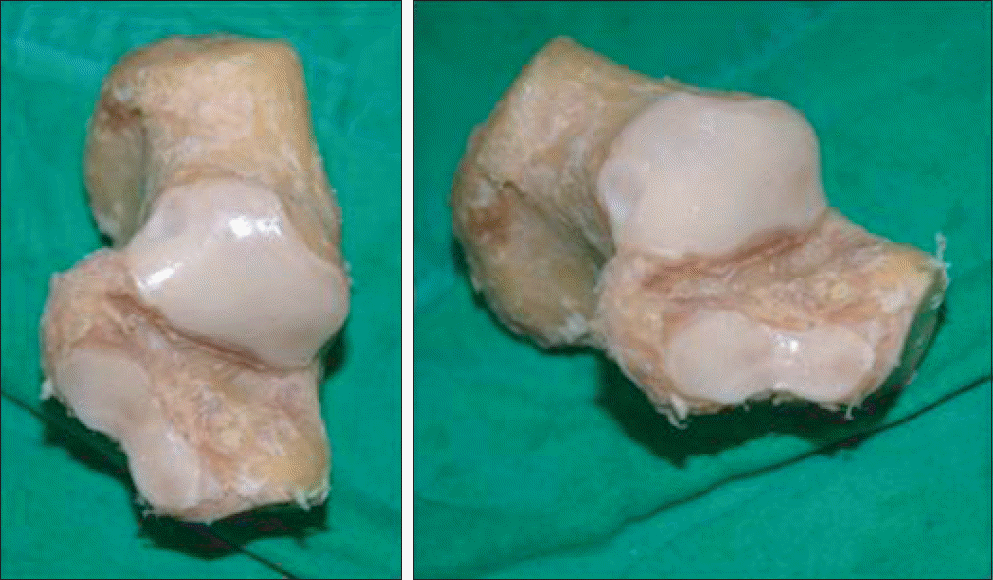

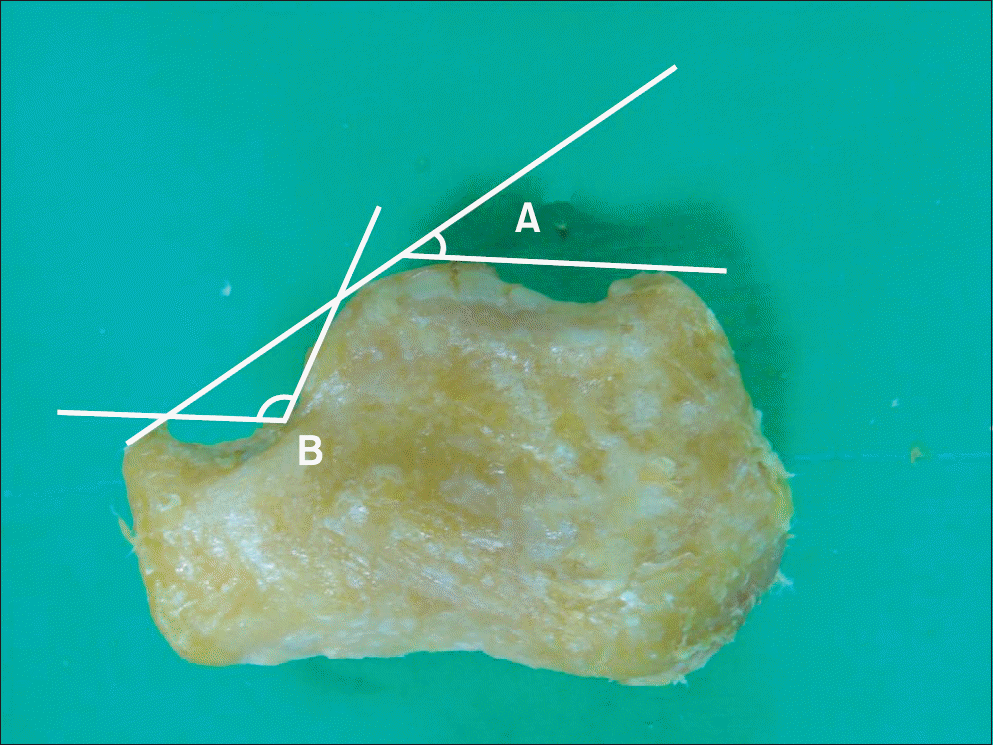
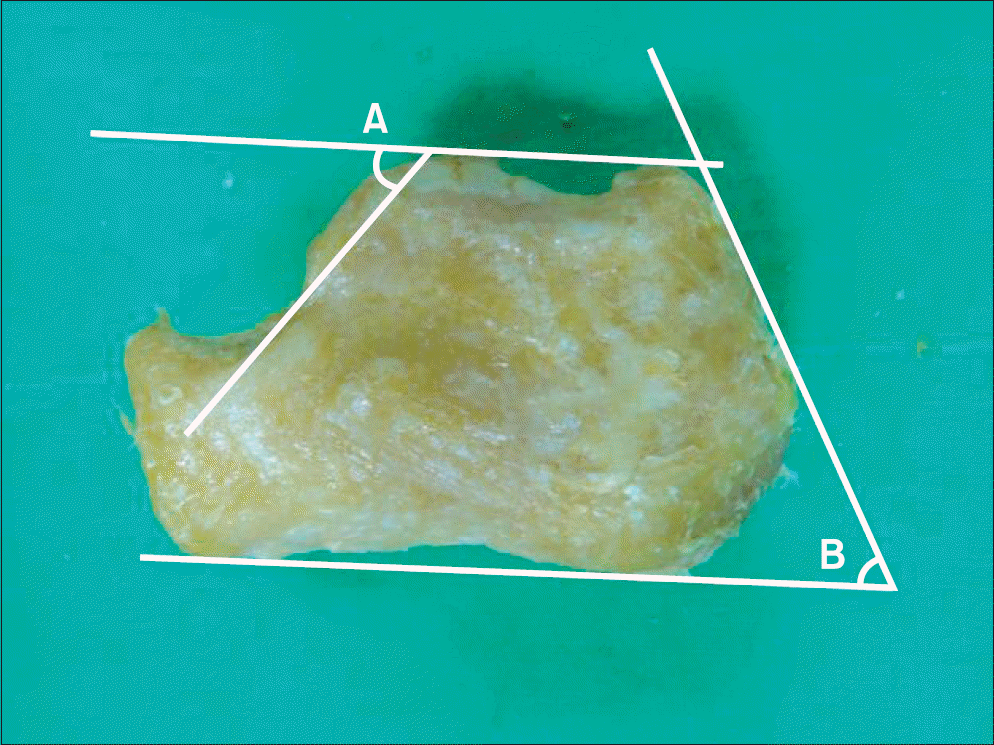
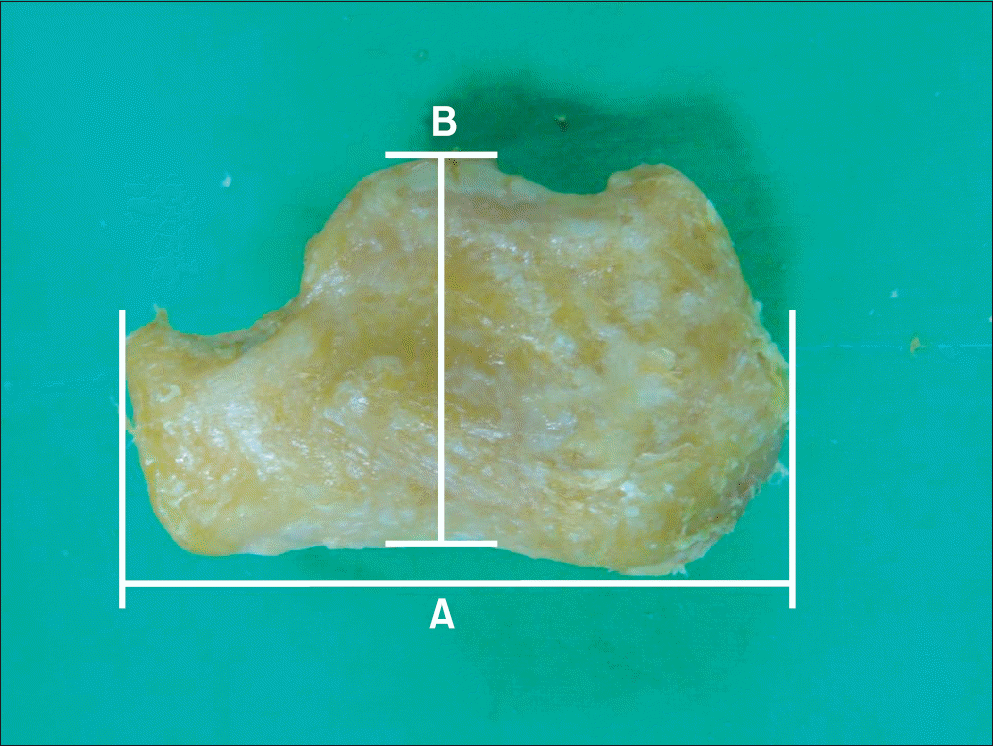
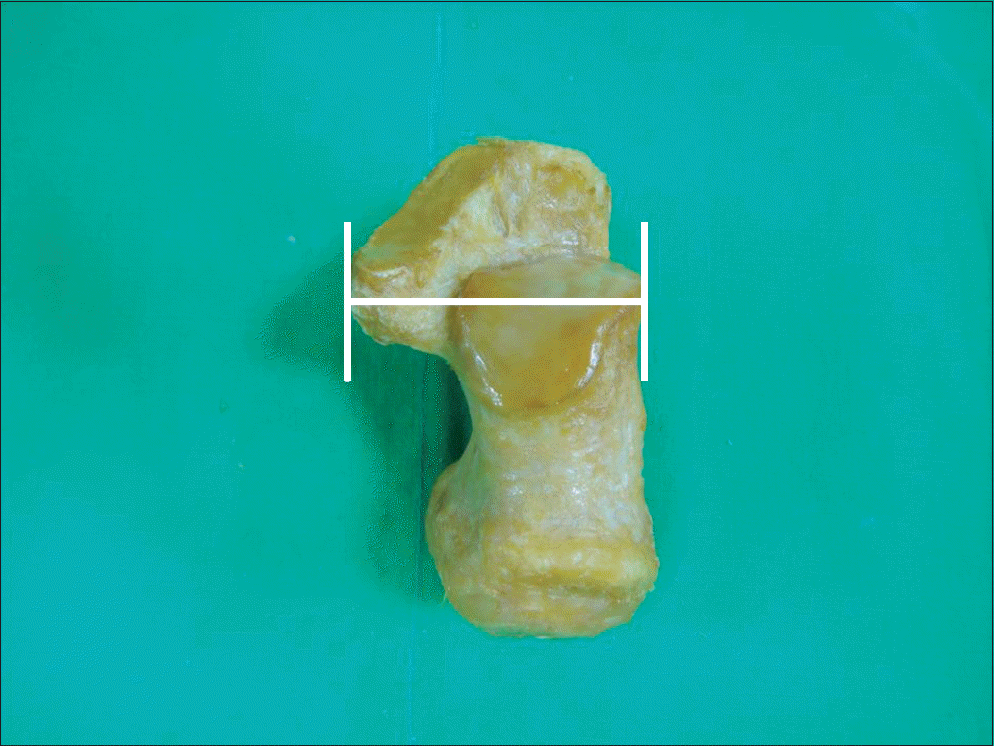
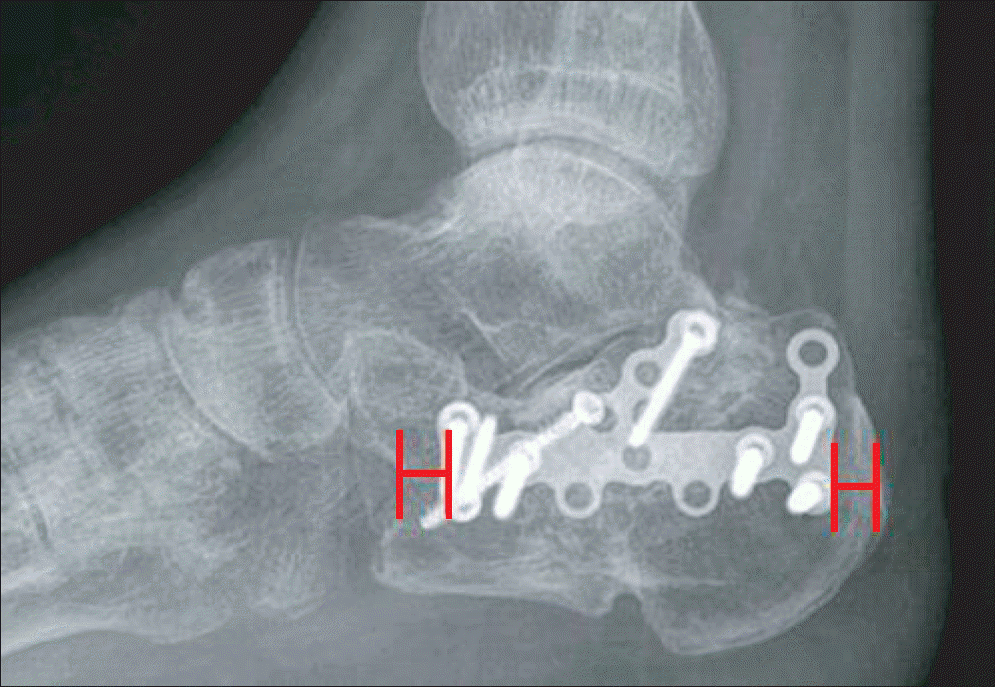
 XML Download
XML Download